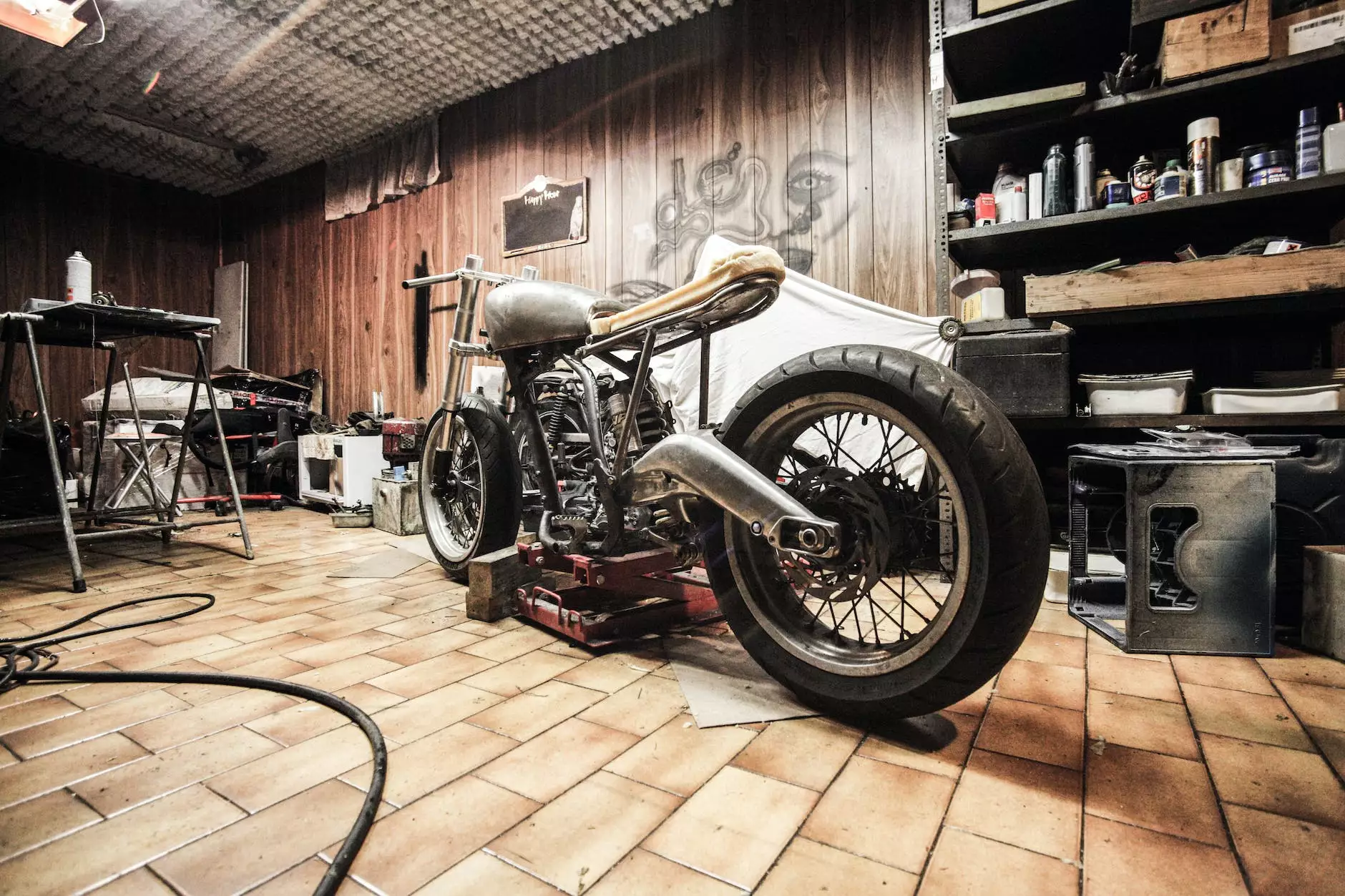Making a Simple, Fully-Enclosed, Arduino-Based Automated Greenhouse
Blog
Welcome to RPM Design and Prototype's comprehensive guide on designing, fabricating, and coding an automated greenhouse using the Arduino platform. In this detailed article, we will walk you through the step-by-step process of creating your very own fully-enclosed automated greenhouse that integrates the power of Arduino technology.
Why Choose an Automated Greenhouse
An automated greenhouse offers numerous advantages over traditional gardening methods. By implementing sensors, actuators, and control systems powered by Arduino, you can create an environment that optimizes plant growth and yields while reducing manual effort. With our guide, you'll learn how to harness the potential of automation to create a thriving greenhouse.
Designing Your Automated Greenhouse
When designing your automated greenhouse, it's crucial to consider various factors such as size, materials, and climate control. At RPM Design and Prototype, we emphasize the importance of proper planning to ensure optimal functionality and efficiency. Our experts will guide you through the process of selecting the right materials, understanding ventilation requirements, and optimizing space utilization.
Choosing the Right Materials
An automated greenhouse requires sturdy materials that can withstand varying weather conditions and offer proper insulation. We recommend using materials like polycarbonate panels for the sides and roof to allow sufficient light transmission while providing insulation. Additionally, selecting a suitable framework, such as aluminum or galvanized steel, will ensure the structural integrity of the greenhouse.
Understanding Ventilation Requirements
Ventilation plays a vital role in maintaining optimal growing conditions. Adequate airflow helps prevent the buildup of excess humidity and ensures proper CO2 levels for photosynthesis. Our guide will provide you with in-depth information on designing and implementing an efficient ventilation system using Arduino-controlled fans, louvers, and sensors to maintain an ideal greenhouse environment.
Optimizing Space Utilization
Effective space utilization is essential to maximize your greenhouse's productivity. RPM Design and Prototype experts will share insights into designing efficient shelving systems, vertical farming solutions, and intelligent plant positioning. By employing Arduino-based automation, you can optimize plant placement, monitor growth progress, and create an ideal environment for your crops to thrive.
Fabricating Your Automated Greenhouse
Once you have finalized your greenhouse's design, it's time to move on to the fabrication process. This involves assembling the frame, installing panels, and integrating the required electronics. In this section, we'll guide you through each step, helping you create a functional and reliable automated greenhouse.
Assembling the Frame
The frame serves as the backbone of your greenhouse and provides structural stability. We'll provide detailed instructions on assembling and securing the frame, ensuring it can withstand external forces and support the weight of the panels and accessories. Our experienced team will guide you through each step, ensuring your greenhouse is built to last.
Installing Panels and Doors
Installing panels and doors is a critical step in creating a fully-enclosed environment. We'll discuss the different types of panels available and guide you through the installation process, ensuring a proper fit and seal to prevent heat loss and maintain insulation. Additionally, we'll explain the importance of choosing the right door system for easy access and security.
Integrating Electronics and Controls
The heart of your automated greenhouse lies in the integration of electronics and control systems. With Arduino as the brain, you'll learn how to connect and program various sensors, actuators, and other components to automate tasks such as temperature and humidity control, watering, and lighting. Our experts will provide code snippets and wiring diagrams to simplify the process.
Coding for Automation
To fully unlock the potential of your automated greenhouse, you need to code the Arduino microcontroller to perform specific tasks. In this section, we'll guide you through the programming process, offering detailed explanations and example code snippets for various automation scenarios.
Temperature and Humidity Control
Controlling temperature and humidity is crucial for maintaining optimal plant growth conditions. RPM Design and Prototype experts will provide you with sample Arduino code to monitor and adjust these parameters, ensuring your greenhouse remains within the preferred range. You'll also learn how to incorporate additional sensors to ensure precise control and avoid unfavorable conditions.
Watering Systems
An automated watering system eliminates the need for manual watering and ensures consistent moisture levels for healthy plant growth. Our comprehensive guide will explain different watering methods, including drip irrigation and misting systems, and provide Arduino code examples to automate watering schedules based on plant types and environmental conditions.
Lighting Control
Proper lighting is essential for plants that require specific light spectra or extended photoperiods. Our experts will guide you through the process of setting up automated lighting control using Arduino, enabling you to provide plants with the right amount and quality of light. You'll learn how to integrate sensors and implement timed lighting cycles to mimic natural sunlight and promote optimal photosynthesis.
Conclusion
Congratulations! By following RPM Design and Prototype's comprehensive guide, you have gained valuable knowledge and insights into designing, fabricating, and coding your very own Arduino-based automated greenhouse. You are equipped with the necessary information to create a fully-enclosed environment where your plants can flourish under the advantages of automation. Start implementing these techniques today and unleash the full potential of your gardening endeavors.




